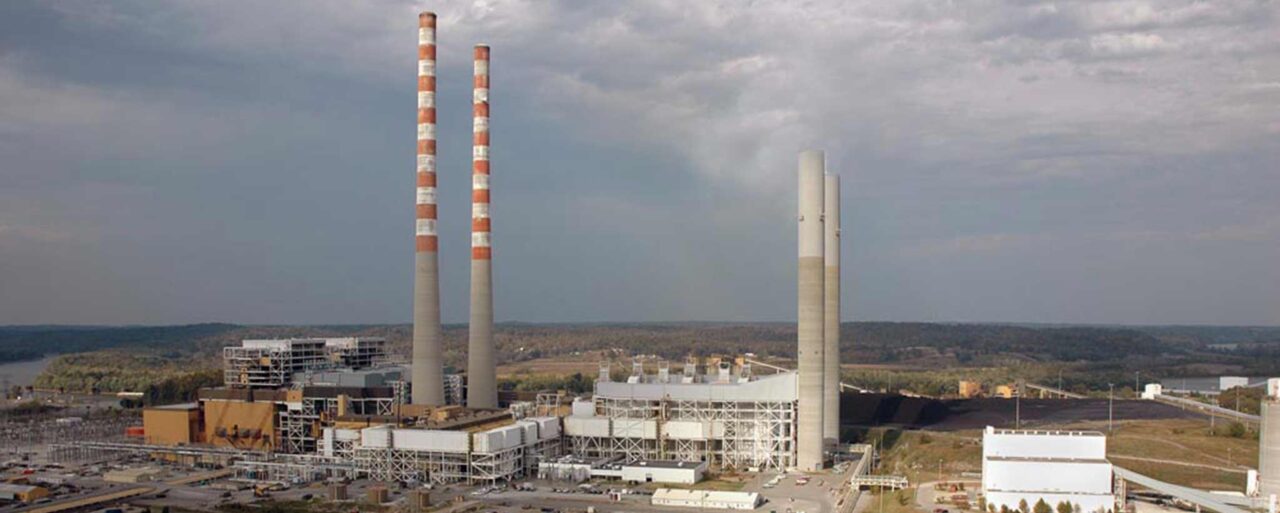EPA Rolls Out More Stringent Effluent Limitations Guidelines for Coal Power Plants
Credit to Author: Sonal Patel| Date: Wed, 08 Mar 2023 16:53:06 +0000

The Environmental Protection Agency (EPA) is proposing more stringent discharge standards for three types of coal power plant wastewater as part of an update to its Effluent Limitations Guidelines (ELGs). However, the agency also proposed compliance flexibilities, and in a separate direct final rule, moved to extend a deadline to allow more coal plants to opt in to its retirement subcategory.
The proposed rule issued on March 8, slated to be finalized in 2024, proposes zero-discharge effluent limitations for all pollutants in flue gas desulfurization (FGD) wastewater and bottom ash transport water. It also proposes numeric discharge limitations for mercury and arsenic in combustion residual leachate (CRL). The proposed rule also addresses wastewater produced by coal-fired power plants that is stored in surface impoundments (like ash ponds), the EPA noted. “The proposal would define these ‘legacy’ wastewaters and seeks comment on whether to develop more stringent discharge standards for these wastewaters,” it said.
Prominently, the proposed rule will also eliminate separate, less-stringent Best Available Technology Economically Achievable (BAT) requirements for high-flow power facilities and low-utilization electric generating units (LUEGUs). The rule identifies the Tennessee Valley Authority’s (TVA’s) Cumberland Fossil Plant as a high-flow facility, and two plants—GSP Merrimack (which operates in ISO New England) and Indiana Municipal Power Agency’s Whitewater Valley Station—as LUEGUs.
And while the proposed rule does not change the existing subcategory for power plants that plan to cease coal combustion by 2028 (by retiring or fuel switching), it creates separate requirements for coal plants slated to retire by 2032, and which have already complied with former iterations of the rule. The EPA’s newly finalized direct rule, meanwhile, extends the date for existing coal-fired power plants to submit a notice of planned participation (NOPP) from Oct. 13, 2021, to 90 days after the rule is published in the Federal Register.
Drawing from Previously Finalized ELG Rules
The EPA’s newly proposed ELG rule is the latest iteration of the agency’s ELGs for the Steam Electric Power Generating category. In 2015, the Obama administration moved to set the first federal limits on levels of toxic metals in wastewater that can be discharged from existing coal, gas, oil, and nuclear plants, effectively amending an ELG rule last updated in 1982. Specifically, the 2015 rule set limitations and standards on various waste streams at steam electric plants, including fly ash transport water, bottom ash transport water, FGD wastewater, gasification wastewater, and CRL
In 2020, the Trump administration finalized a revision of the 2015 rule, narrowing its application to FGD wastewater and bottom ash transport water. A major feature of the 2020 revised rule was the elimination of the zero-discharge requirement for bottom ash transport water.
An EPA official on Tuesday told reporters that the proposal draws from previous iterations of the rule. “The Obama administration actually selected zero-discharge for bottom ash transport water, one of the specific waste streams that we’re evaluating here, but it did not go that far in setting [zero-discharge] limits [for] FGD wastewater. So it’s actually more stringent than the Obama rule for that waste stream,” he said.
“Furthermore, the remaining two waste streams that we’re looking at here, EPA selected limitations that were based on surface impoundments, which were struck down by the Fifth Circuit back in 2019. And so, we’re proposing more stringent limits than the Obama administration for CRL and soliciting comments on more stringent limits for legacy wastewater,” he added.
EPA Administrator: The Strongest ELGs for Wastewater Discharges
EPA Administrator Michael S. Regan told reporters in a briefing on Tuesday that the latest proposal follows the latest science. “EPA conducted a science-based review of the rule, and today I’m proud to share the agency is proposing the strongest limits ever [in regards to] wastewater discharges from coal-fired power plants,” he said. The EPA estimates that the proposed rule will “reduce pollutant discharges through wastewater by more than 580 million pounds per year,” Regan said.
However, as a subject matter expert from the Office of Water noted, the rule won’t likely impact reliability. “We did use the integrated planning model to assess the cumulative impacts on electricity production and the markets. And the incremental impacts of this rule, accounting for all the other things in the baseline, were that it would result in an additional coal power plant retirement—just one—and it would also result in some declining coal generation from some remaining facilities,” he said.
According to Radhika Fox, assistant administrator for the EPA’s Office of Water, the rule will also likely have a minimal impact on electricity costs. “We estimate a 63-cent-per-year increase for a typical household to garner such tremendous water quality gains at the administrator described,” Fox said.
—Sonal Patel is a POWER senior associate editor (@sonalcpatel, @POWERmagazine).
Editor’s note: This story is being updated. Latest update: March 8, 2023, at 10:52 a.m. CST
The post EPA Rolls Out More Stringent Effluent Limitations Guidelines for Coal Power Plants appeared first on POWER Magazine.